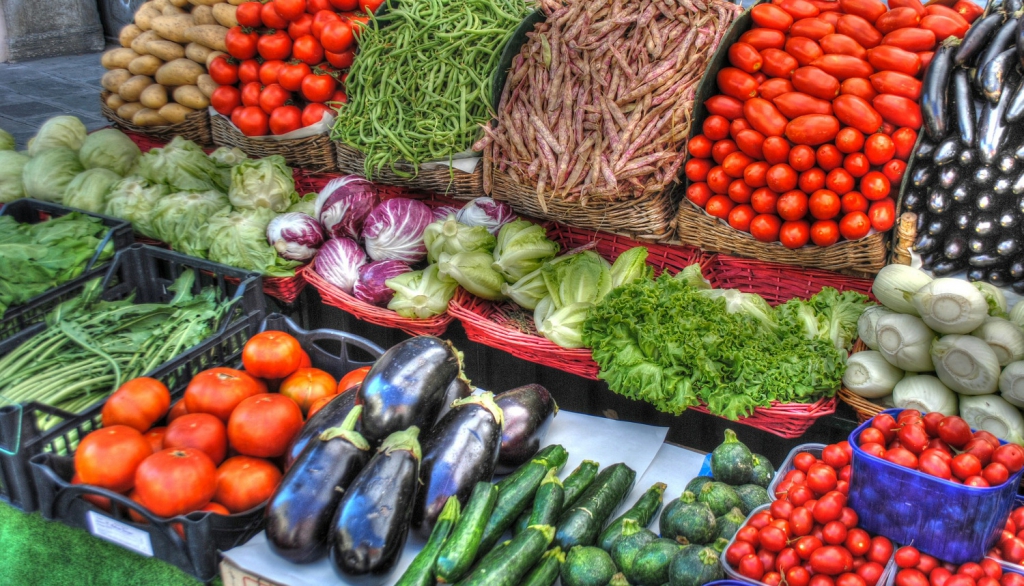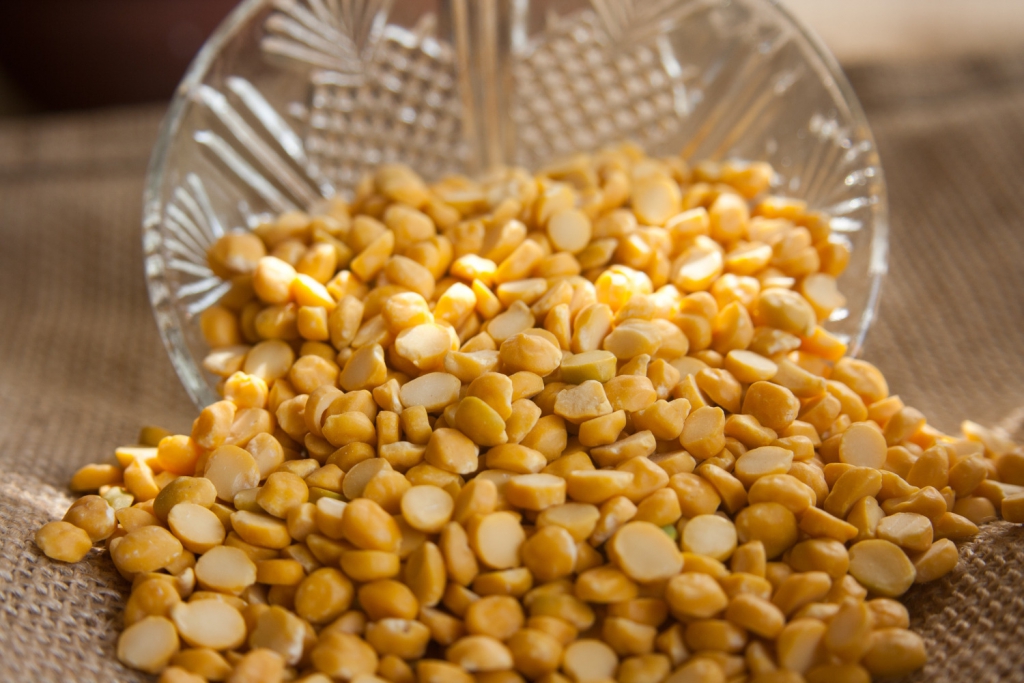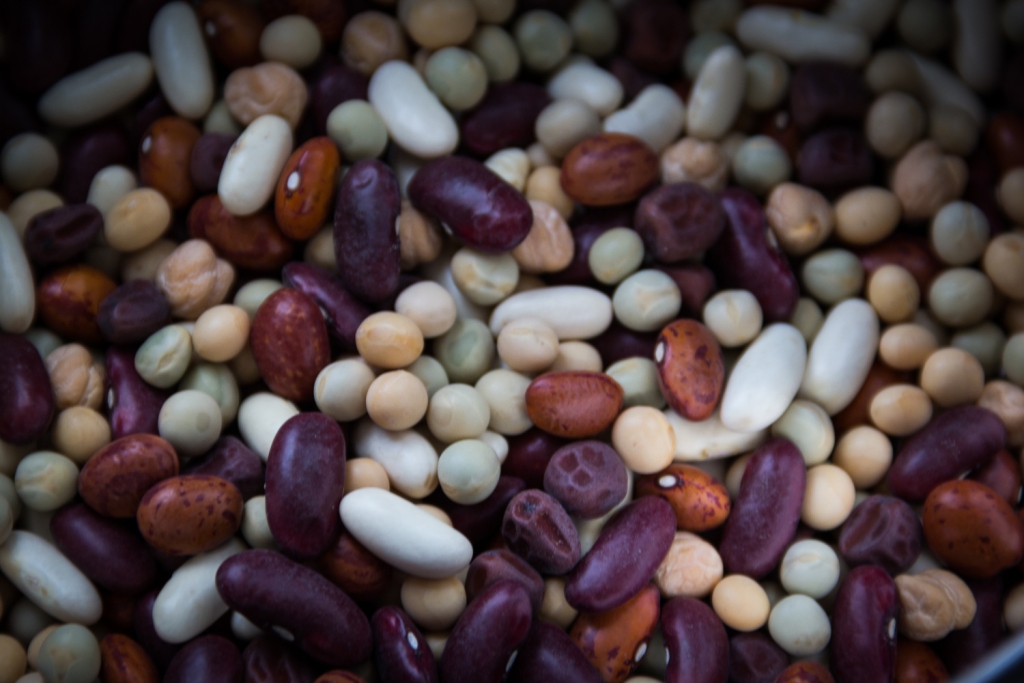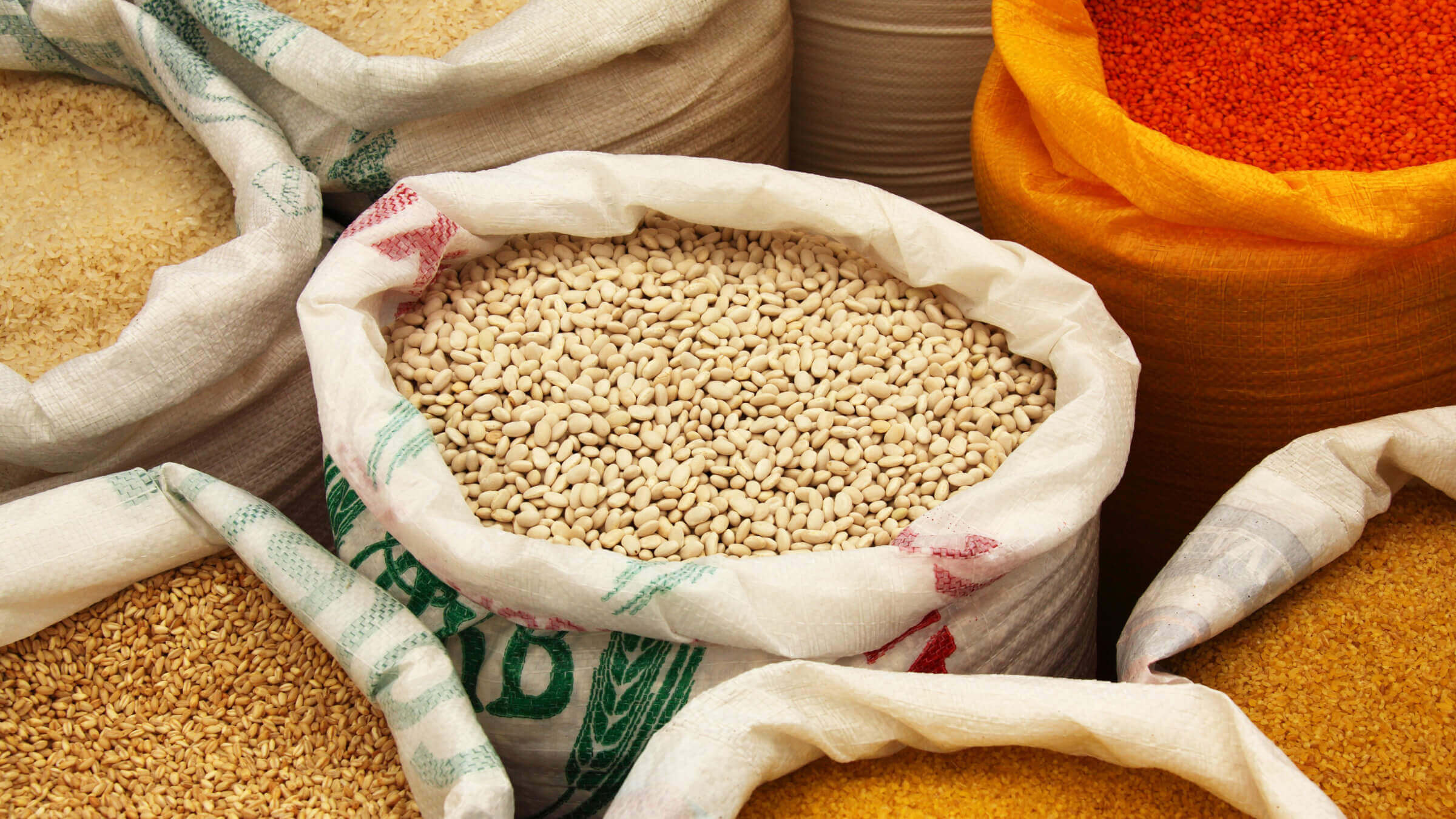The best kinds of trends are those that aren’t trends at all, but rather movements towards living a better life. The locavore ‘trend’ is a perfect example, prompting diners and home chefs to eschew the mass grocery store in favour of the farmer’s market, or the major chain restaurant for one whose food was grown at the farm down the street. Far from a passing fad, locavorism is an effort to eat more sustainably – local foods (defined as food consumed no more than 160km from where it was grown) ) don’t need to travel as far, saving on CO2 emissions, and they’re fresher, meaning they arrive on the plate full of nutrients …and flavour.
An ardent proponent of the movement to eat locally, Indian wellness expert Rujuta Diwekar relies on age-old nutrition wisdom to examine how this ‘trend’ could solve the urgent issue of feeding our growing world.
To know the future, we have look to our past.
In our future lies a global population of over 9 billion people, and with that growth arises the big question of how to effectively feed the population – food, after all, isn’t just about adequate calories, but also about delivering nutrients, joy and even meaning to one’s life. Considering that our amount of cultivable land is shrinking – replaced by malls, parking lots and factories – and that effective and safe water sources are dwindling as well, we might soon have a big problem on our hands.
This is where we can learn a bit from our past.

You Are What You Eat
It all begins by reducing our agricultural footprint. Traditional farming methods throughout the world, for example, had little to no carbon footprint, providing useful examples of how we can farm in ways that are suitable for a particular region, while educating the population to eat what’s in season. This approach puts us in touch with the soil, and, more importantly, delivers food that is much richer in nutrients than food that has travelled far and wide to land on the plate.
With issues like a lack of adequate nutrition and decreasing fertility, the world is already dealing with the effects of poor food quality – ie. foods that no longer pack enough nutrients, but are still dense on energy. This nutrient loss is also a result of changes in what we farm: as fewer farmers cultivate the variety of foods that they once did, we experience a loss of diversity in agriculture, diets and even ecology.
Pulse For Good Health
To address this issue, the Food and Agriculture Organization of the United Nations (UNFAO) declared 2016 as the year of pulses. An efficient source of protein, pulses like chickpeas, lentils and dried beans are also water-efficient and, as nitrogen-fixing crops, are known to naturally enrich the soil. Over the last few decades, they’ve lost out to so-called cash crops, and the large variety of pulses – and the farmers who grow them – need the support of consumers right now. In return, pulses provide us with tasty, filling and nutritious meals that work well in all regional cuisines while providing fibre and protein in our diet and helping regulate blood sugar.


In fact, India had one such pulse called the kulith, or the horse gram, which is now disappearing fast. Grown across the subcontinent, it was once celebrated as a wholesome meal for lactating mothers, a therapy for kidney stones and gallstones, and a natural stress reliever for the entire farming eco-system. Every region of the world has its own heritage food – its own kulith – which is now losing out to the current rage of ‘super foods’, be it the açai berry, quinoa or kelp, as well as to subsidised crops like corn, and/or the more commercially lucrative foods, such as tomatoes and sugar cane.
Locavore For Life
The need of the hour is to embrace localism: think of it as answering a call of duty. Eating locally grown food not only ensures health for individuals, but also keeps small farmers in business and encourages ecological diversity. It would be a definitive step in balancing our ecosystem and learning to eat according to the food systems – farmer, trader, consumer versus the lopsided view of just food groups of carbs, protein and fat.
The West has already begun a movement toward sustainable farming and local eating – or, as you might have heard, locavorism – with many communities supporting their own initiatives. The actual food production may be more expensive than mass-produced or industrialised food products, but the result is food that’s fresher, more energy- and nutrient-efficient and more suitable for the region, and which also acts as a support system for farmers. Even restaurants now proudly mark their ingredients as local or CSI/ CSA.
As this movement spreads to other regions, from Africa to Latin America and Asia, more and more people are gaining a better understanding of their food and where it comes from, and are making more intelligent decisions about the food that impacts their bodies as well as their environments. If we can continue on this path, it will have an overwhelmingly positive affect on how and what we consume, not just today but for centuries to come.
Hopefully this is one trend that’s here to stay.
Article by Rujuta Diwekar
 About Rujuta
About Rujuta
Rujuta Diwekar has earned a reputation as one of India’s most respected and inspirational wellness and nutrition experts. She advises India’s elite on nutrition, yoga and Ayurveda. Her latest book Indian Super Foods (available on the Juggernaut app and as a paperback) is about the inherent wisdom and power in India’s traditional food and eating practices. Rujuta is a regular contributor to this website as one of our special American Express Essentials Global Citizens. Discover more at rujutadiwekar.com and her Facebook page.














Sorry, the comment form is closed at this time.